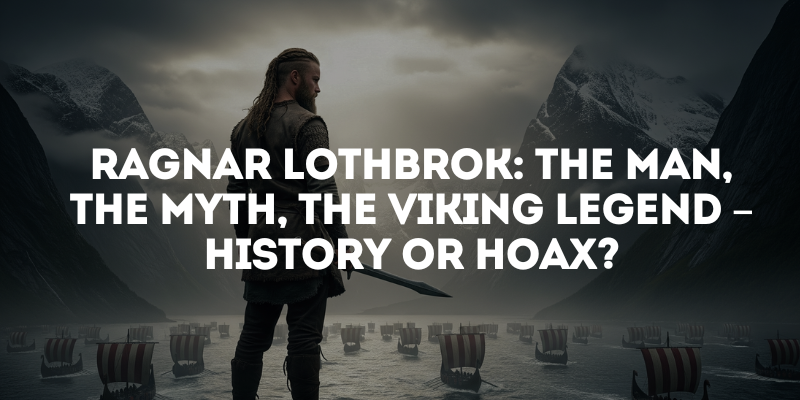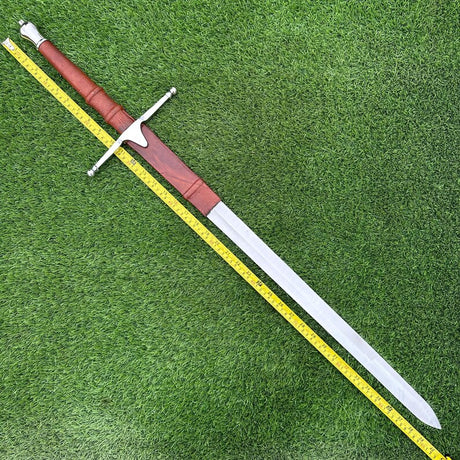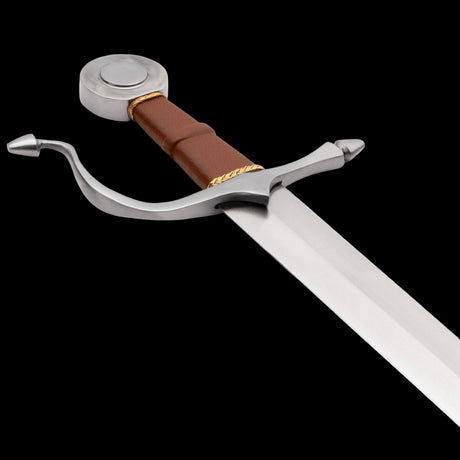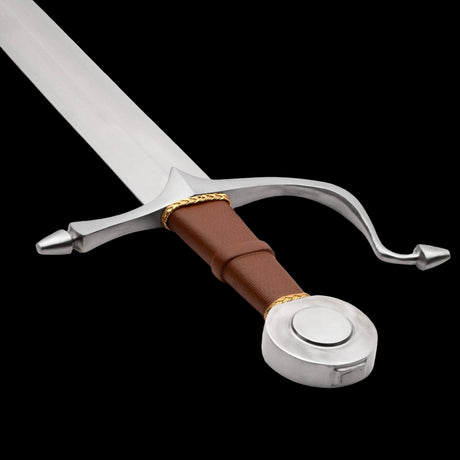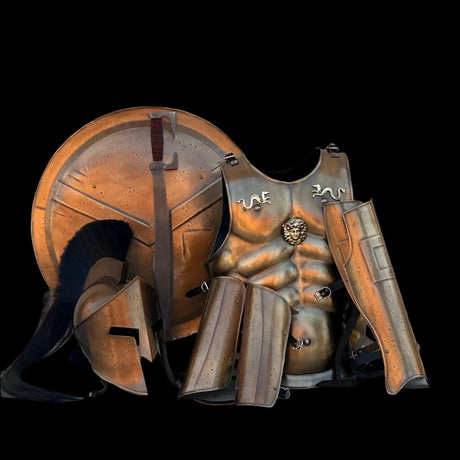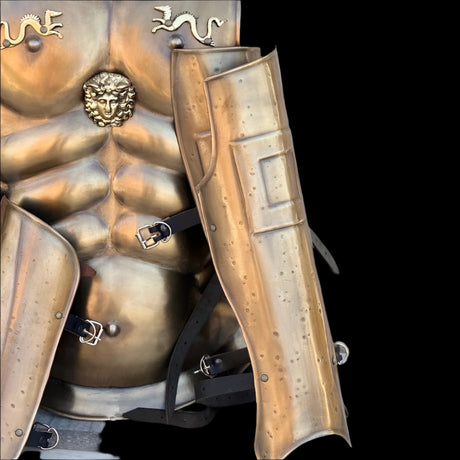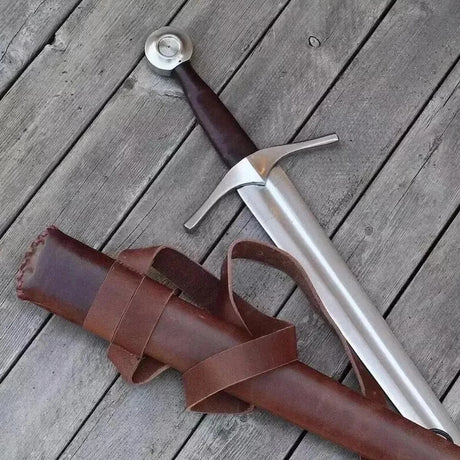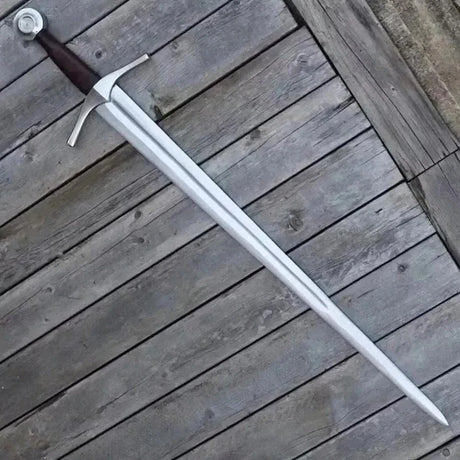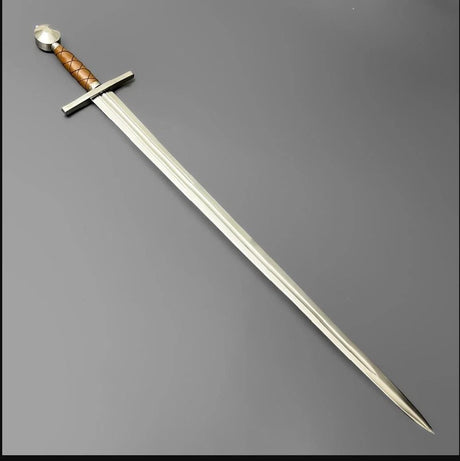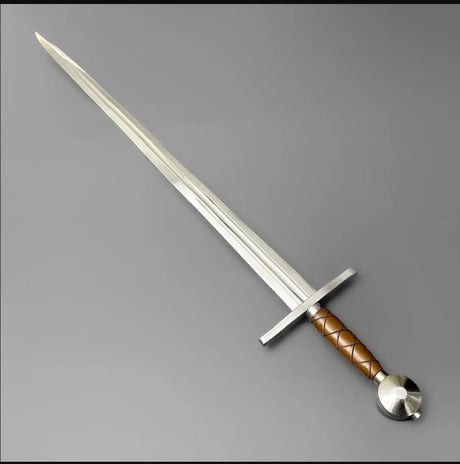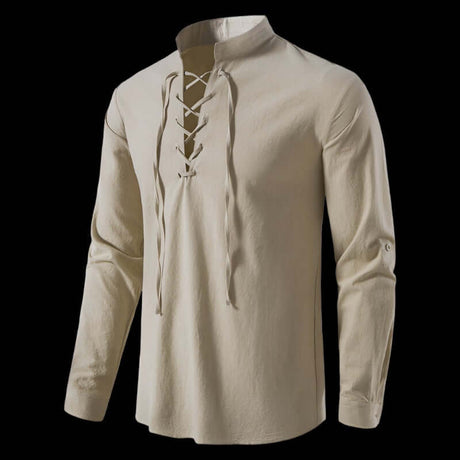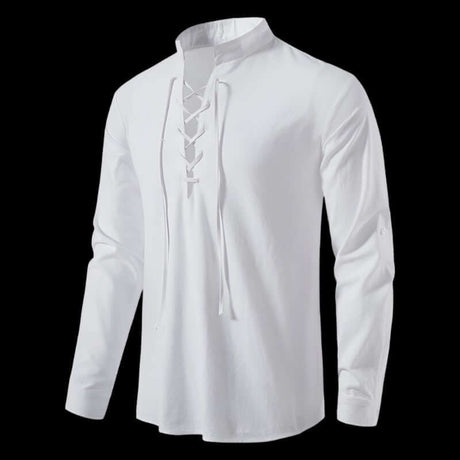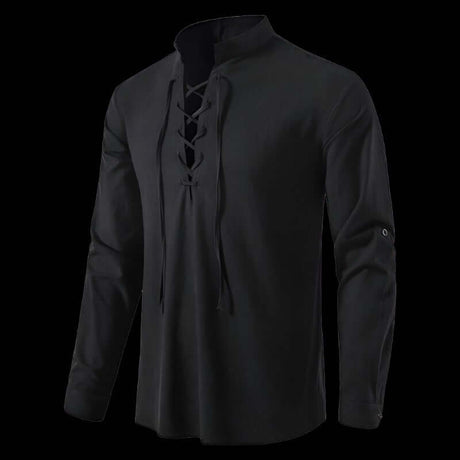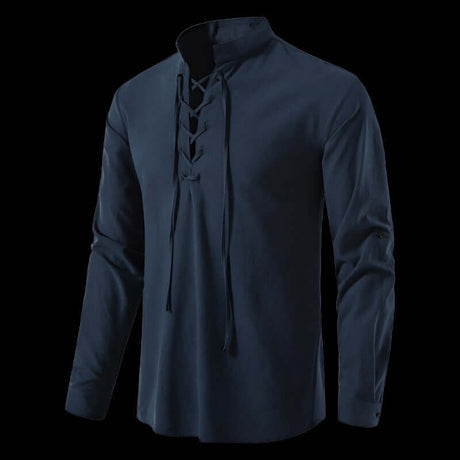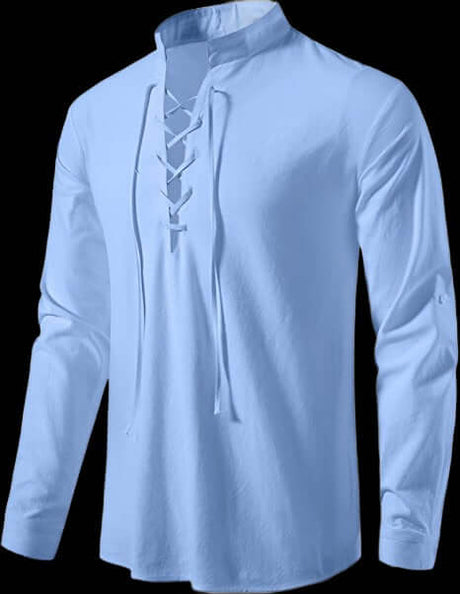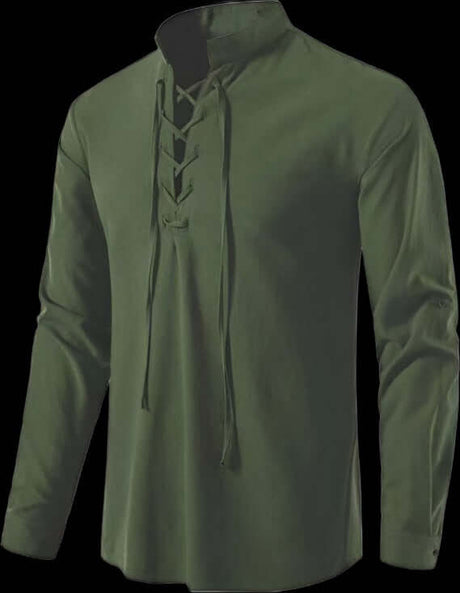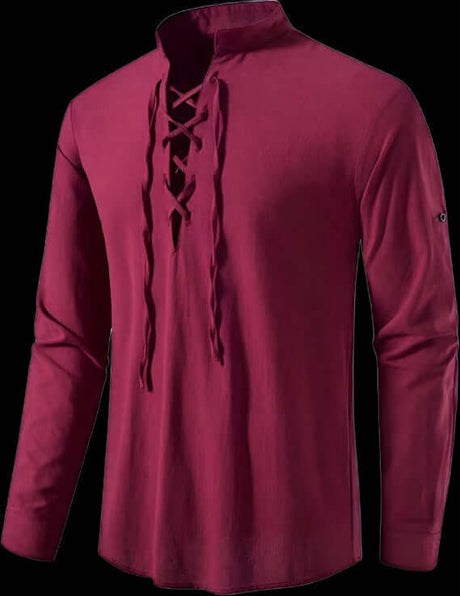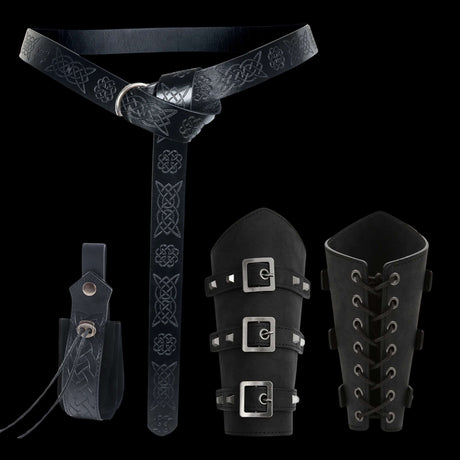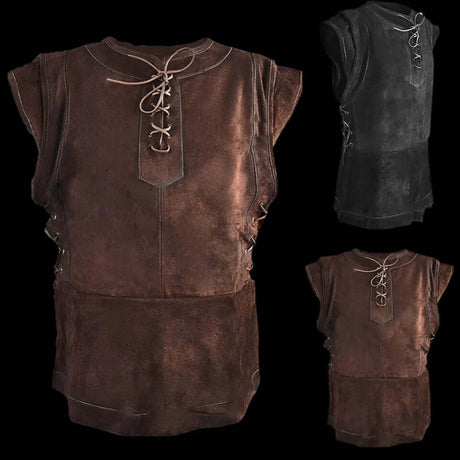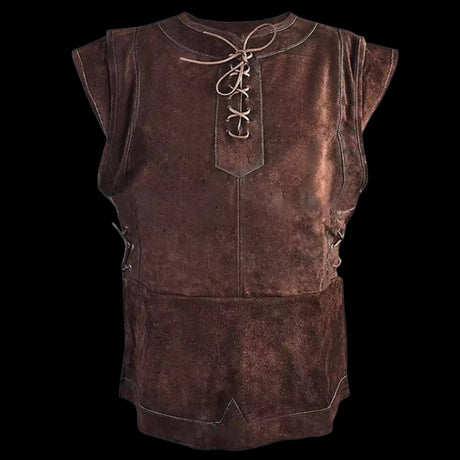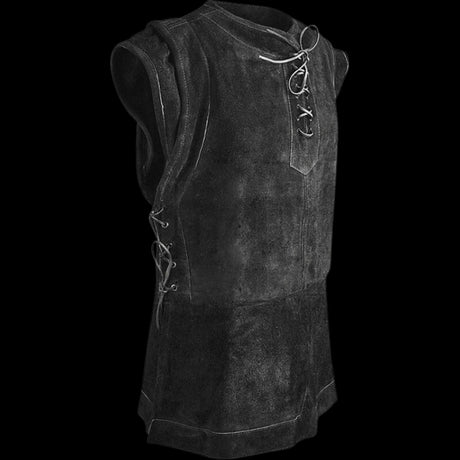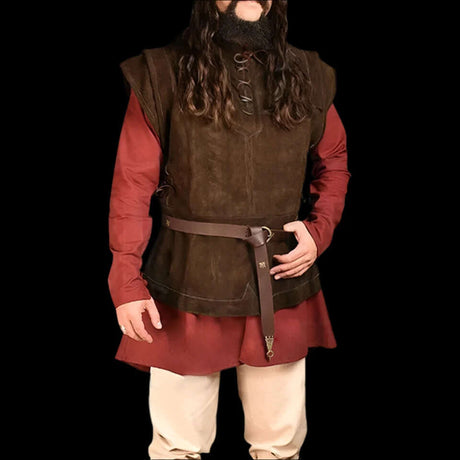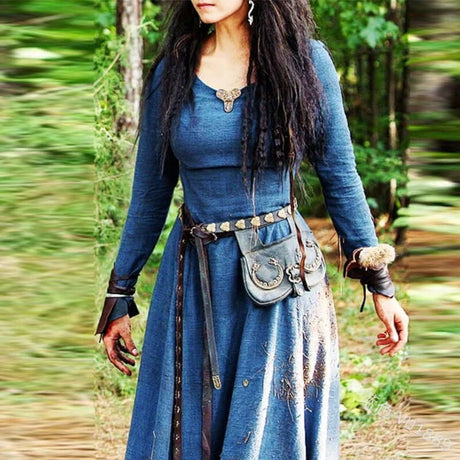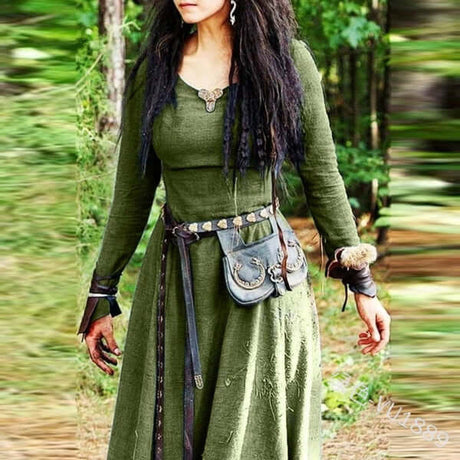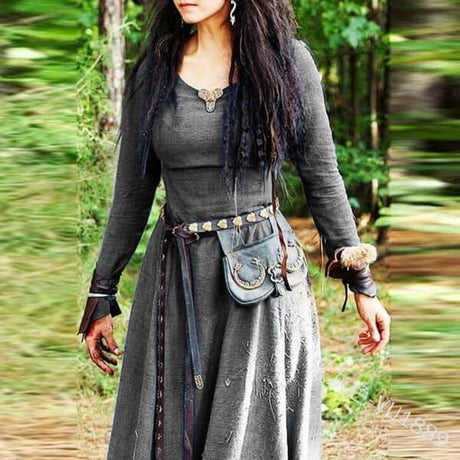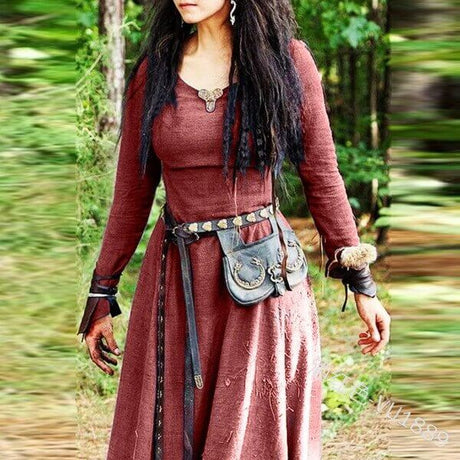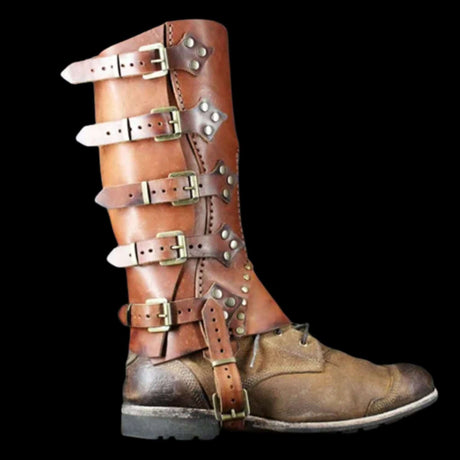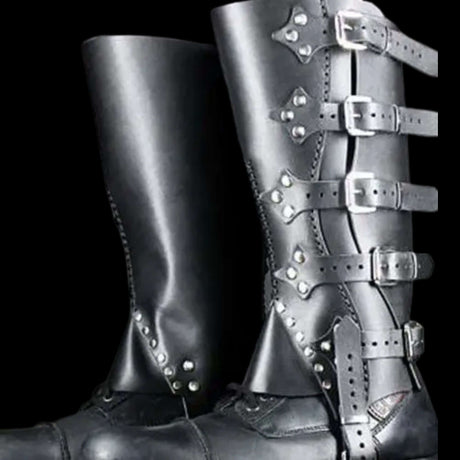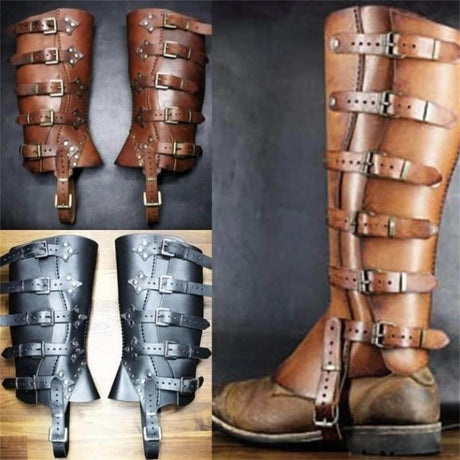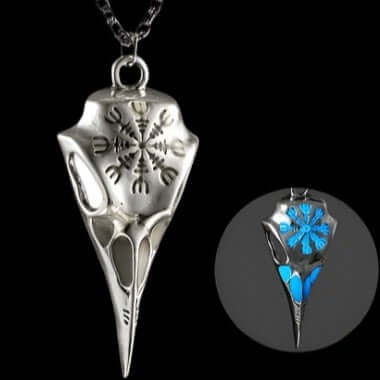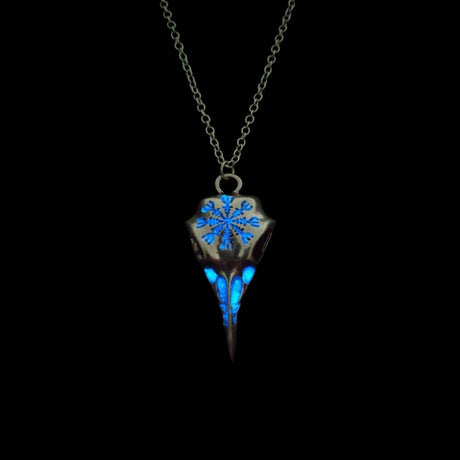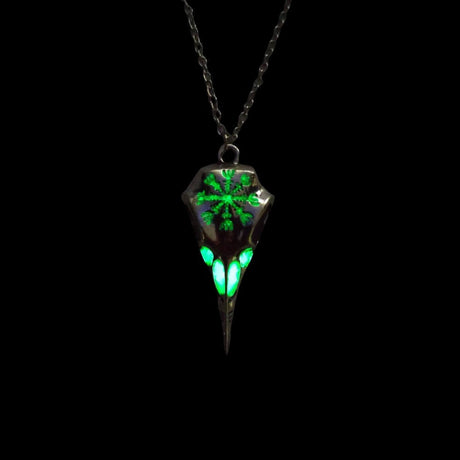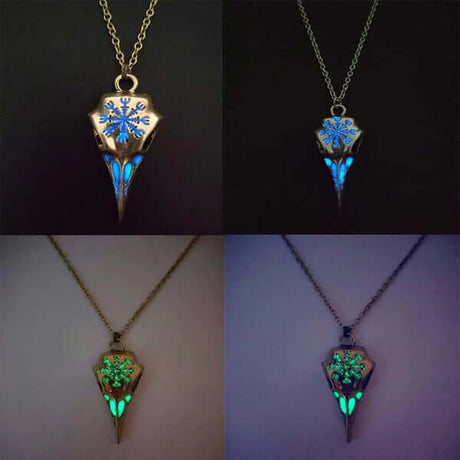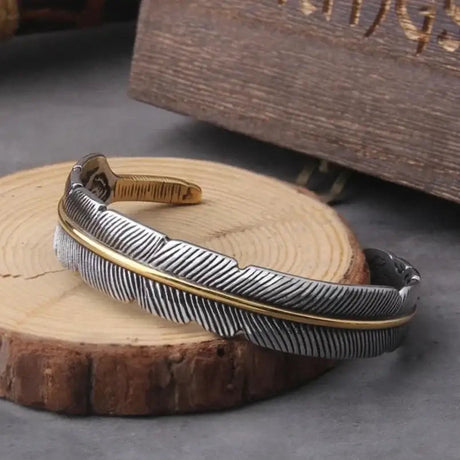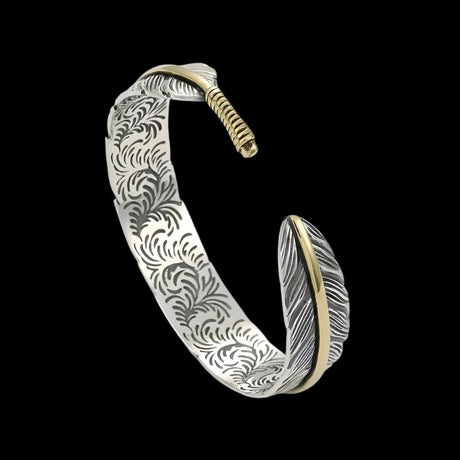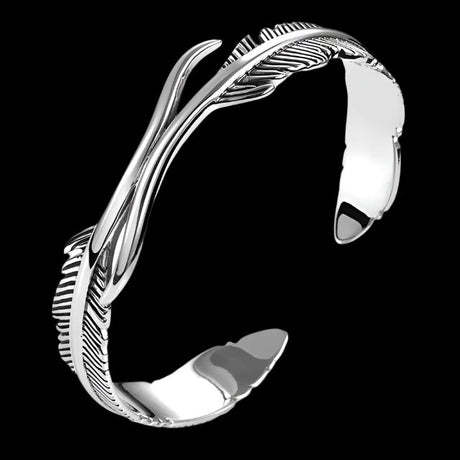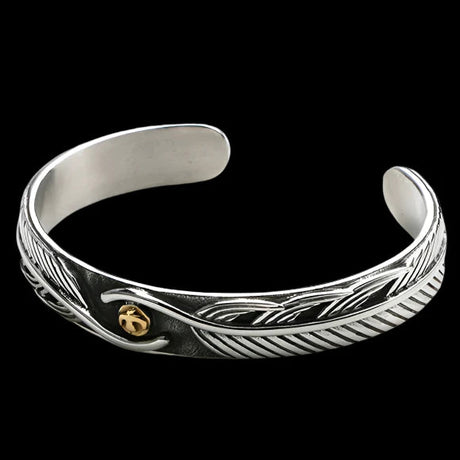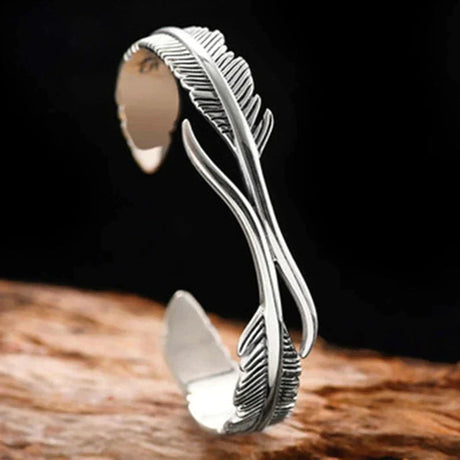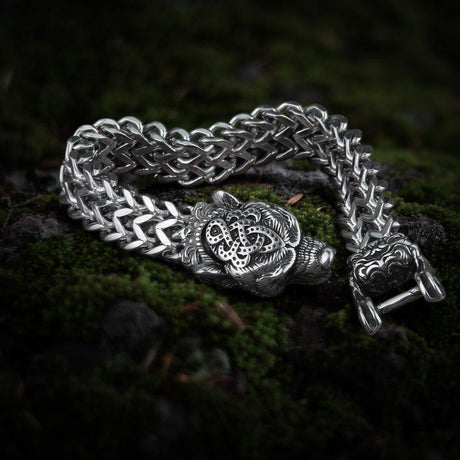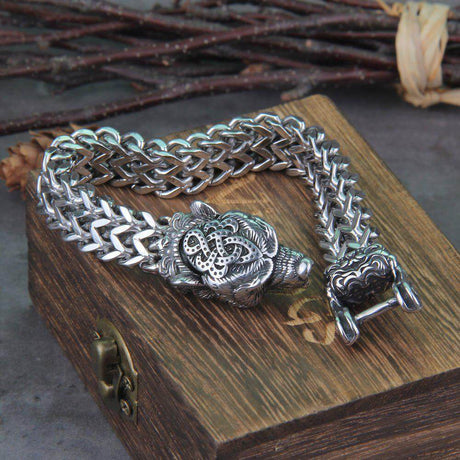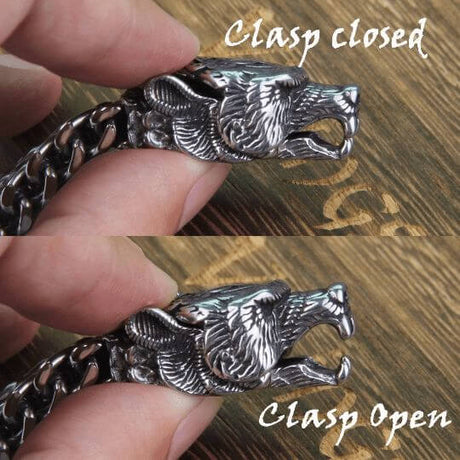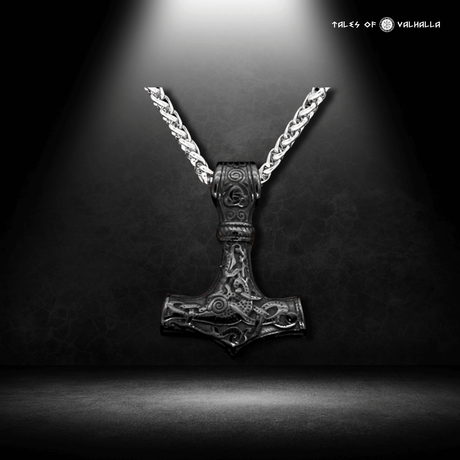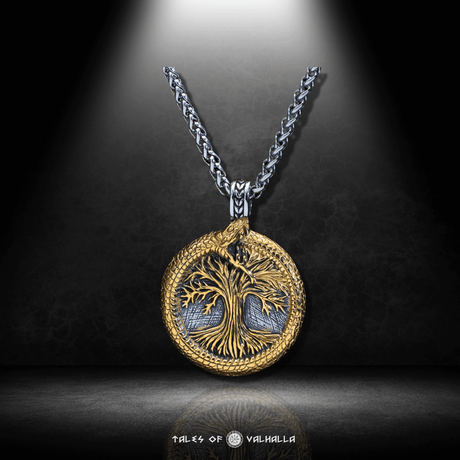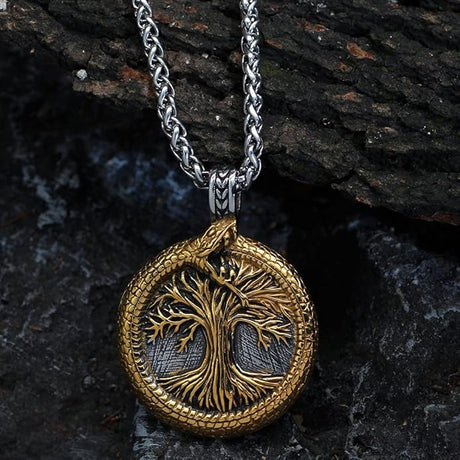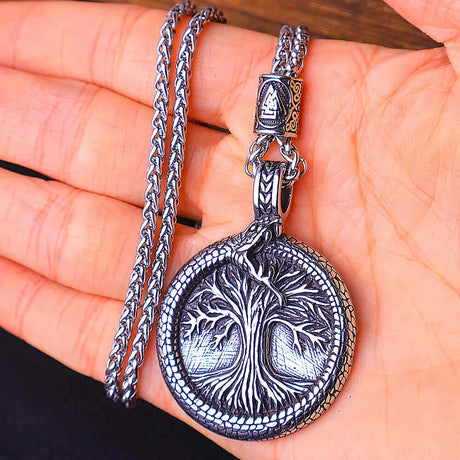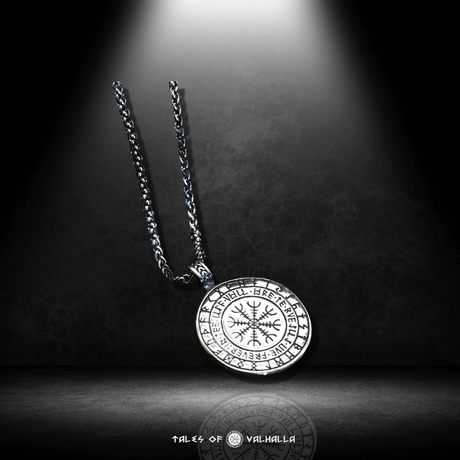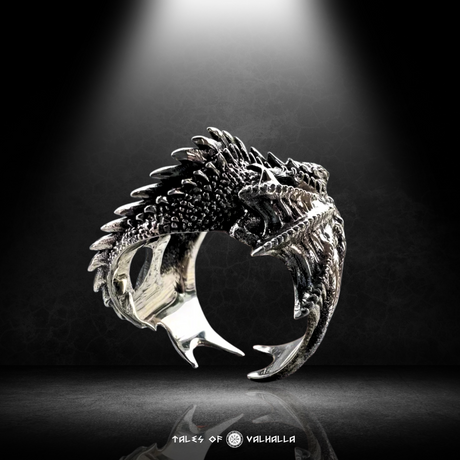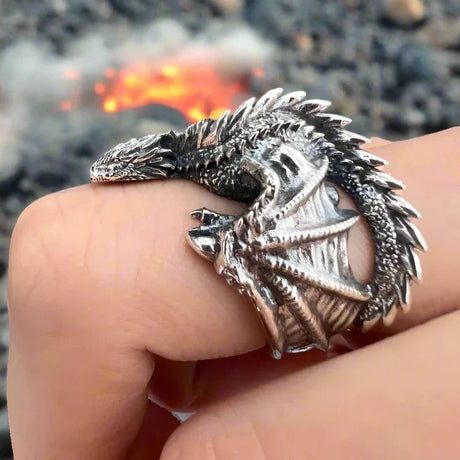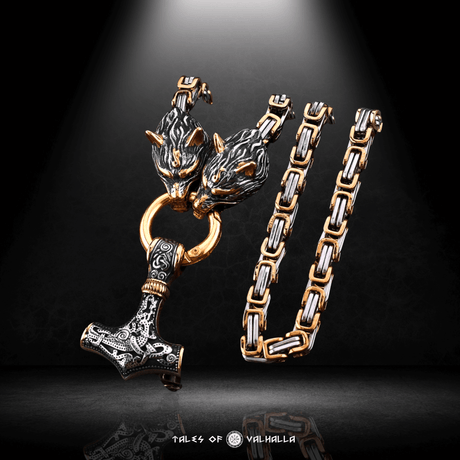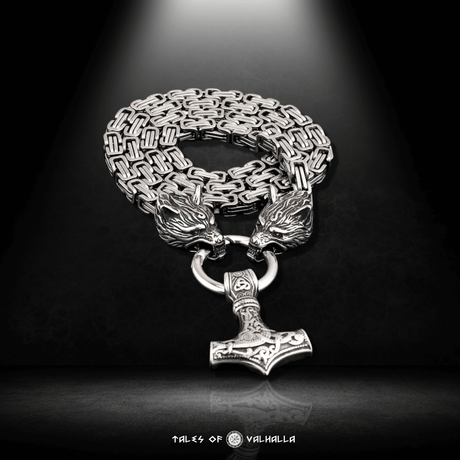Ragnar Lothbrok. The name itself conjures a powerful image, one that has become almost synonymous with the Viking Age for millions in the United States and across the world. We see a cunning farmer turned fearless earl, a visionary who dared to sail west, a legendary warrior and king whose saga is written in blood, salt, and steel. Largely thanks to the phenomenal success of the TV series Vikings, Ragnar Lothbrok has been cemented in the modern mind as the ultimate Norse hero.
But as we peel back the layers of popular culture and delve into the misty annals of history, a fascinating question emerges: Was Ragnar Lothbrok a real person? Or is he a magnificent legend, a mythic figure created to explain a turbulent and transformative era? The answer is not a simple yes or no. The search for the historical Ragnar Lothbrok is a captivating detective story, a journey through conflicting sagas, cryptic chronicles, and archaeological clues that forces us to explore the blurry line between man, myth, and the very nature of history itself.
The Legend as We Know It: The Saga of Ragnar Lothbrok
To understand the mystery, we must first know the story. The primary narrative of Ragnar Lothbrok comes to us from medieval Icelandic texts, most notably The Saga of Ragnar Lothbrok and The Tale of Ragnar's Sons, written in the 13th and 14th centuries, long after the Viking Age had ended.

The Saga of Ragnar Lothbrok
The Hero of the Sagas
The sagas paint Ragnar Lothbrok as a hero of epic proportions, a son of the legendary Swedish king Sigurd Ring.
- His Nickname "Lothbrok": He earned his famous nickname, Loðbrók or "Hairy Breeches," in his youth. The story goes that he slew a monstrous serpent or dragon while wearing a special set of trousers made of hide and treated with tar and sand to protect himself from the creature's venom. This fantastical origin story immediately places him in the realm of heroic legend.
- His Famous Wives: Ragnar's romantic life is as legendary as his battles. His first wife was the fierce shieldmaiden Lagertha, a warrior who fought by his side. Later, he married the beautiful and cunning Aslaug, who was secretly the daughter of the legendary dragon-slayer Sigurd and the Valkyrie Brynhildr, further entwining his story with the deepest strands of Norse mythology.
- Legendary Exploits: The sagas attribute a wide range of heroic and daring exploits to Ragnar Lothbrok, from slaying mythical beasts to leading raids across the Baltic, Francia, and England.
The Famous Sons: A Verifiable Legacy
Crucially, the legend of Ragnar Lothbrok is tied to sons whose historical existence is far more certain. These figures were the leaders of the Great Heathen Army that invaded England in 865 AD. They include:
- Ivar the Boneless
- Bjorn Ironside
- Sigurd Snake-in-the-Eye
- Halfdan Ragnarsson
- Ubba
The saga presents the invasion of England as a direct act of vengeance for the death of their famous father, a key part of the Ragnar Lothbrok narrative.
Sifting Through the Sources: Where the Story Gets Complicated
The saga's tale is a masterpiece of heroic literature. But when we compare it to contemporary historical records, the powerful, unified figure of Ragnar Lothbrok begins to dissolve.
The Sagas – Written in a Later Age
The Icelandic Sagas, while invaluable, are not objective history.
- Time Gap: They were written 300-400 years after the events they describe, based on centuries of oral tradition, poetry, and literary creativity. Details were inevitably changed, embellished, and combined.
- Purpose: They were written by 13th-century Icelanders looking back on a heroic "golden age." Their purpose was often to entertain, to trace family lineages back to famous ancestors, and to explore themes of honor, fate, and conflict. The historical accuracy of a figure like Ragnar Lothbrok was likely secondary to his narrative function.
The Chronicles – The View from Abroad
When we look at contemporary sources written during the Viking Age by Frankish and Anglo-Saxon chroniclers—the people who actually faced the Viking raids—a different picture emerges. They meticulously recorded battles, the names of Viking leaders, and the payment of tribute. However, they never mention a single, all-powerful Viking king or leader named Ragnar Lothbrok who was responsible for all the deeds the sagas attribute to him.
Table 1: Comparing the Sources on Ragnar Lothbrok
| Source Type | What It Says About Ragnar Lothbrok | Key Characteristics of the Source |
| Icelandic Sagas (e.g., Saga of Ragnar Lothbrok) | A detailed, epic life story. Son of a king, dragon-slayer, husband to Lagertha and Aslaug, father of the Great Heathen Army's leaders, sacked Paris, died in a snake pit. | Written 300-400 years after the events. Blends oral history with literary fiction. Heroic and legendary in tone. |
| Danish History (e.g., Gesta Danorum) | Also features a legendary Ragnar who fights across Scandinavia and is the father of famous sons. Details differ from the sagas. | Written in the 12th century by Saxo Grammaticus. Highly patriotic, aims to create a glorious history for Denmark. |
| Contemporary Chronicles (Anglo-Saxon, Frankish) | Complete silence. No mention of a single Viking leader named Ragnar Lothbrok achieving these specific feats. Mentions other leaders for specific events. | Written during the Viking Age by their enemies. More focused on recording immediate events. Considered more historically reliable for events, if biased in tone. |
This stark contrast between the later sagas and the contemporary chronicles is the central mystery of Ragnar Lothbrok.
The Historical Breadcrumbs: Connecting Legend to Reality
While the chronicles don't mention one all-encompassing Ragnar Lothbrok, they do mention historical figures and events that bear a striking resemblance to parts of his legend. This is where the detective work begins.
The Siege of Paris (845 AD): The Tale of "Reginherus"
The Saga of Ragnar Lothbrok famously depicts him sacking Paris. Contemporary Frankish annals also record a devastating Viking siege of Paris in 845 AD. However, they name the leader not as Ragnar, but as a chieftain named Reginherus.
- The Connection: Most historians agree that "Reginherus" is likely the historical figure whose famous raid on Paris was later absorbed into the legend of Ragnar Lothbrok. The successful siege and the massive payment of Danegeld (7,000 pounds of silver) was too great a feat not to be attributed to the ultimate Viking hero in later stories.
The Great Heathen Army (865 AD): The Vengeance of the Sons
The sagas provide a clear motive for the massive Viking invasion of England in 865 AD: the sons of Ragnar came to avenge their father's death at the hands of King Ælla.
- The Historical Reality: The Great Heathen Army was very real, and its leaders—Ivar the Boneless, Ubba, and Halfdan—are historical figures mentioned in the Anglo-Saxon Chronicle. They did indeed capture King Ælla and conquer a large part of England.
- The Missing Link: The crucial link—that they were all sons of a single man named Ragnar Lothbrok and were acting out of vengeance—is only found in the later sagas. The contemporary chronicles describe the invasion but are silent about their famous father or the motive of revenge.
The Composite Figure Theory: The Most Likely Truth About Ragnar Lothbrok
So, if Ragnar Lothbrok didn't exist as a single person, what is the most likely explanation? The leading theory among historians today is that he was a composite figure.
A Man of Many Men
The legendary Ragnar Lothbrok was likely created by later storytellers who combined the deeds, and perhaps even the names, of several different real-life 9th-century Viking warlords into a single, epic hero. This process, known as euhemerism, is common in the formation of legends.
The Potential "Ingredients" of Ragnar Lothbrok
Several historical figures may have been a piece of the puzzle that became Ragnar Lothbrok.
| Historical Figure / Event | Deed or Characteristic | How It Contributed to the Ragnar Legend |
| Viking Chieftain Reginherus | Led the successful siege of Paris in 845 AD. | This major, verifiable event was later attributed to Ragnar in the sagas. |
| King Horik I of Denmark | A powerful Danish king who clashed with the Frankish Empire. | Some of his political dealings and raids may have been folded into Ragnar's story. |
| Various Unnamed Warlords | Led raids in the British Isles and Francia. | Their numerous, smaller-scale exploits could have been consolidated into the legend of a single, great raider. |
| The historical leaders of the Great Heathen Army (Ivar, Ubba, etc.) | Conquered a large part of England. | The legend of Ragnar Lothbrok as their father provided a compelling, unifying origin story and motive for their historical invasion. |
This theory elegantly explains why the sagas are so rich with detail while the contemporary chronicles are silent. The legend of Ragnar Lothbrok was woven together after the fact.
Why Create a Legend? The Purpose of the Ragnar Saga
If Ragnar Lothbrok wasn't a real, single person, why was his story so important to the people who told it? The legend served several crucial cultural and political purposes.
Why Create a Legend? The Purpose of the Ragnar Saga
Explaining the Great Heathen Army
The invasion of England in 865 was a pivotal event. Creating a legendary father figure provided a powerful and dramatic origin story for this historical campaign. "Avenging our great father's murder" is a much more compelling and unifying motive than a simple desire for land and plunder. The legend of Ragnar Lothbrok gave the conquest a heroic and just cause.
Icelandic Identity and a Heroic Past
For the 13th-century Icelanders who were writing down the sagas, stories of legendary Scandinavian heroes like Ragnar Lothbrok were a way to connect with a glorious, heroic, and distinctly non-Christian past. It was a way of preserving their cultural heritage and identity in a changing world.
The Archetypal Viking
The character of Ragnar Lothbrok perfectly embodies all the key Viking ideals:
- Courage: Fearlessly attacking powerful kingdoms and facing death without fear.
- Cunning: Outwitting his enemies and using clever strategies.
- Ambition: Rising from a lesser noble to a legendary king.
- Exploration: The relentless desire to sail to new lands.
- Family: The powerful bond with his sons, whose loyalty drives the second half of his saga.
He is, in essence, the perfect Viking hero, a literary creation designed to represent the best (and most fearsome) qualities of his culture.
Story Vignette 2: The Skald's Creation
Imagine a smoky Icelandic longhouse in the 12th century, the winter winds howling outside. A traveling skald, an oral historian and entertainer, is captivating his audience. He is weaving together the disparate threads of old poems and half-remembered tales. He tells of the hero who wore the strange "hairy breeches," of the chieftain who humbled the Franks and took a mountain of silver from Paris, of the great conquerors of England and their mysterious origins. In his telling, these separate stories begin to merge. The hero of the breeches becomes the conqueror of Paris. The conqueror of Paris becomes the father of Ivar and Bjorn. The audience leans in, enthralled. The skald is not just reciting history; he is creating a legend. He is forging the single, powerful figure of Ragnar Lothbrok.
The Modern Ragnar: From Saga to Screen
The 21st-century revival of interest in Vikings, particularly in the United States, can be almost single-handedly attributed to the TV series Vikings.
- Capturing the Spirit: While the show takes significant creative liberties with the timeline and combines historical and legendary figures, it brilliantly captures the spirit of the Ragnar legend. The character portrayed by Travis Fimmel embodies the curiosity, ambition, and fierce spirit described in the sagas.
- A Gateway to History: For millions of viewers, the show has been a gateway to a deeper interest in the actual history of the Viking Age. It has sparked countless online searches and discussions about the historical Ragnar Lothbrok and the world he inhabited.
Conclusion
So, was Ragnar Lothbrok real? The final verdict is that he is most likely a legendary figure, a composite hero created from the deeds of several real historical warlords. The man described in the sagas, who did everything from slaying dragons to sacking Paris and fathering the Great Heathen Army, almost certainly did not exist as a single person.
However, the legend of Ragnar Lothbrok is undeniably real and powerful. It reveals what the Vikings and their descendants valued: courage, cunning, family loyalty, and a defiant spirit in the face of fate. The historical figures who contributed to his story—Reginherus of Paris, the leaders of the Great Heathen Army—were very real, and their impact was immense.
Ultimately, whether man or myth, Ragnar Lothbrok remains one of the most compelling figures to emerge from the Viking Age. He is a symbol of the Norse spirit, and his story, a blend of fact and fiction, continues to be a powerful and inspiring gateway into the fascinating world of the Vikings.
4 FAQs About the Legend of Ragnar Lothbrok
-
Q: So, was Ragnar Lothbrok a real person?
A: It is highly unlikely that Ragnar Lothbrok existed as the single, legendary figure described in the sagas. The leading theory among historians is that he is a "composite figure," a legend created centuries later by combining the stories and deeds of several different real-life 9th-century Viking chieftains into one epic hero.
-
Q: If Ragnar's existence is debated, were his famous sons like Ivar the Boneless and Bjorn Ironside real?
A: Yes, the leaders of the Great Heathen Army that invaded England in 865 AD, such as Ivar the Boneless, Ubba, and Halfdan, are considered historical figures who are mentioned in contemporary chronicles. The sagas later connected these real warriors by making them the sons of the legendary Ragnar Lothbrok to create a powerful origin story for their invasion.
-
Q: What is the historical evidence for the events in Ragnar Lothbrok's saga, like the Siege of Paris?
A: Many key events in his saga are based on real history, but were likely performed by different people. For example, the famous Siege of Paris in 845 AD was a real event, but contemporary Frankish records state it was led by a Viking chieftain named "Reginherus." It is widely believed that Reginherus's famous deeds were later absorbed into the growing legend of Ragnar Lothbrok.
-
Q: If he wasn't one single person, why was the legend of Ragnar Lothbrok so important?
A: The legend served a powerful purpose. It created a heroic and unifying origin story for the Great Heathen Army's historical invasion of England, framing it as a grand act of vengeance for their father's death. For the later Icelanders who wrote the sagas, the figure of Ragnar Lothbrok embodied the ultimate Viking ideals of courage, cunning, ambition, and a defiant spirit.

